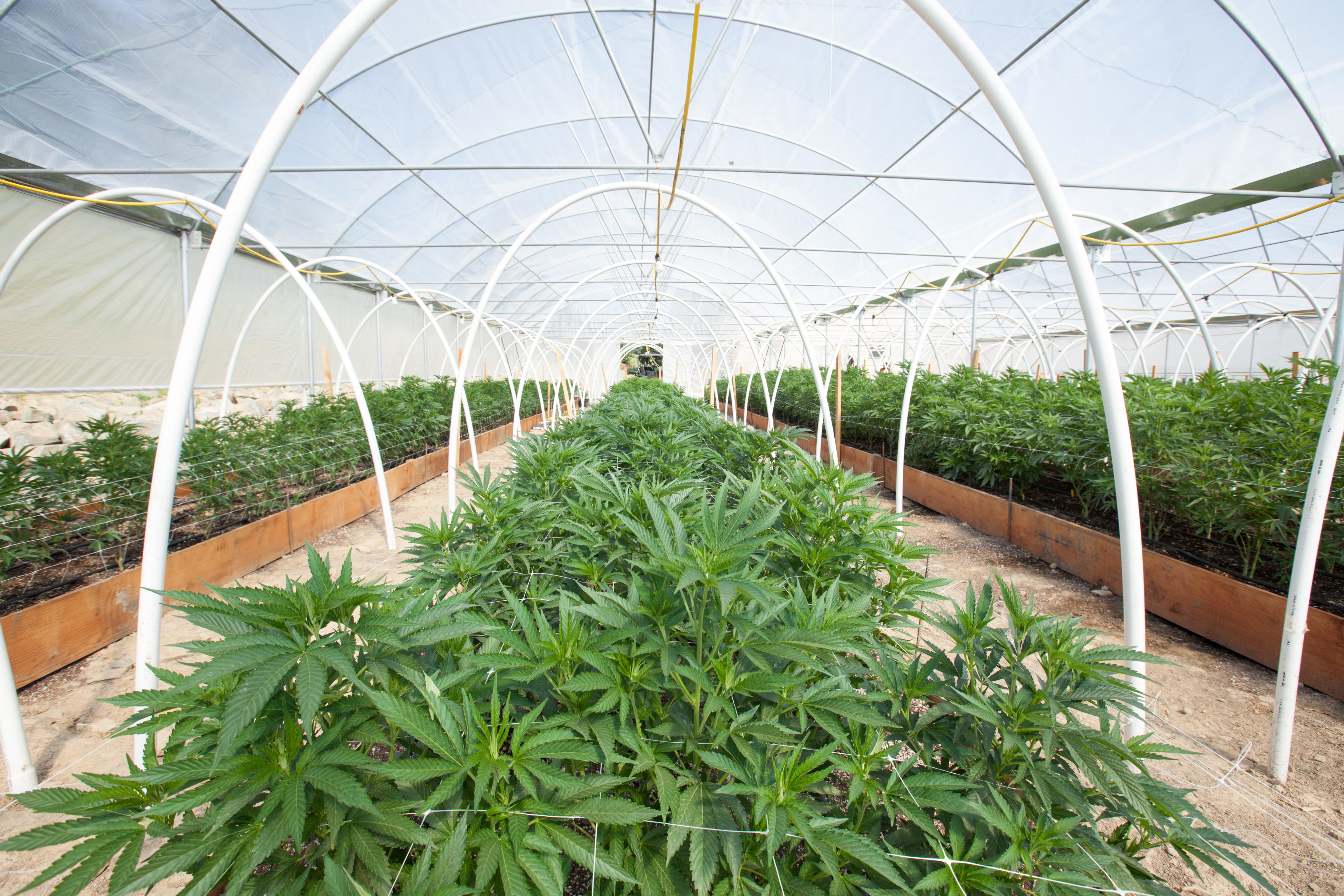Moving From A to B: Energy Productive Transportation
Let's Save Energy
Alliance to Save Energy's Blog
Moving From A to B: Energy Productive Transportation

As a nation, we are constantly on the move, traveling more often and farther than ever before in our nation’s history. This presents the opportunity for increased energy productivity – that is, the opportunity to get more economic output for less energy.
We at the Alliance to Save Energy, along with the U.S. Department of Energy (DOE) and Council on Competitiveness (COC), released the Accelerate Energy Productivity 2030 Roadmap last fall, containing energy productivity recommendations for the transportation sector. Our recommendations revealed that the transportation sector has the opportunity to be much more energy productive than it is currently. In short, we’re using more energy than we need to, and we’re not getting as far using it. Here are two innovative programs that are working to bridge that gap in potential energy productivity.
Federal Aviation Administration’s NextGen Program
There are over 102,000 flights within the U.S. every day, and in 2014 jet fuel accounted for 11 percent of fuel used in the transportation sector. The Federal Aviation Administration (FAA) is using satellite technology to develop and deploy its NextGen program to improve the efficiency and reliability of the nation’s airspace.
One study by the FAA found that there was an opportunity to reduce taxi time by 48 percent at the Atlanta Hartsfield-Jackson International Airport. Further, by designing more efficient flight paths and reducing fuel use during the taxi and landing phases of flights, the NextGen program will improve the energy productivity of the air transportation sector.
Once in the air, NextGen further improves energy productivity by optimizing flightpaths to account for weather patterns, thereby reducing additional miles needed to circumnavigate severe weather. Finally, satellite aviation technologies are allowing FAA to more efficiently plan the descent of landing aircraft. Optimizing the descent path of a landing aircraft saves an average of 25 gallons of jet fuel per flight. With so much room for improvement, the sky is the limit for energy productivity gains made available through the NextGen program.
Department of Energy’s SuperTrucks Program
Class 8 tractor trailers represent only four percent of vehicles on the road, and yet they consume 20 percent of fuel consumed in the ground transportation sector. With a typical fuel efficiency of merely 5.8 miles per gallon, these vehicles are a prime target to improve our nation’s energy productivity. To address this problem, the National Highway Traffic Safety Administration and the Environmental Protection Agency are currently proposing “phase two” of efficiency standards for medium and heavy duty vehicles. The proposed standards would place the first efficiency standards for class 8 tractor trailers and reduce fuel consumption of these vehicles by as much as 24 percent. DOE began the SuperTrucks program to advance heavy-duty vehicle efficiency by challenging manufacturers to create a tractor-trailer with 50 percent greater freight efficiency. As noted in the Roadmap, converting all Class 8 vehicles into SuperTrucks could save the United States $30 billion in annual fuel costs.
In 2015, a SuperTruck was unveiled that achieved 12.2 mpg, a 115 percent improvement. This SuperTruck was able to achieve this efficiency gain by using an advanced hybrid combustion engine, lightweight materials, and an ingenious aerodynamic design.
Transportation and Energy Productivity
Inextricably tied to the push for a more energy productive economy will be squeezing every bit of energy out of our transportation fuel sources. This will mean we’ll spend less money to transport ourselves – whether it’s to the corner store to get milk, across the country to visit family, or to another continent for work or pleasure. Why not implement energy efficient programs and technologies to save money and reduce our carbon footprint between point A and B?
STAY EMPOWERED
Help the Alliance advocate for policies to use energy more efficiently – supporting job creation, reduced emissions, and lower costs. Contact your member of Congress.
Energy efficiency is smart, nonpartisan, and practical. So are we. Our strength comes from an unparalleled group of Alliance Associates working collaboratively under the Alliance umbrella to pave the way for energy efficiency gains.
The power of efficiency is in your hands. Supporting the Alliance means supporting a vision for using energy more productively to achieve economic growth, a cleaner environment, and greater energy security, affordability, and reliability.



